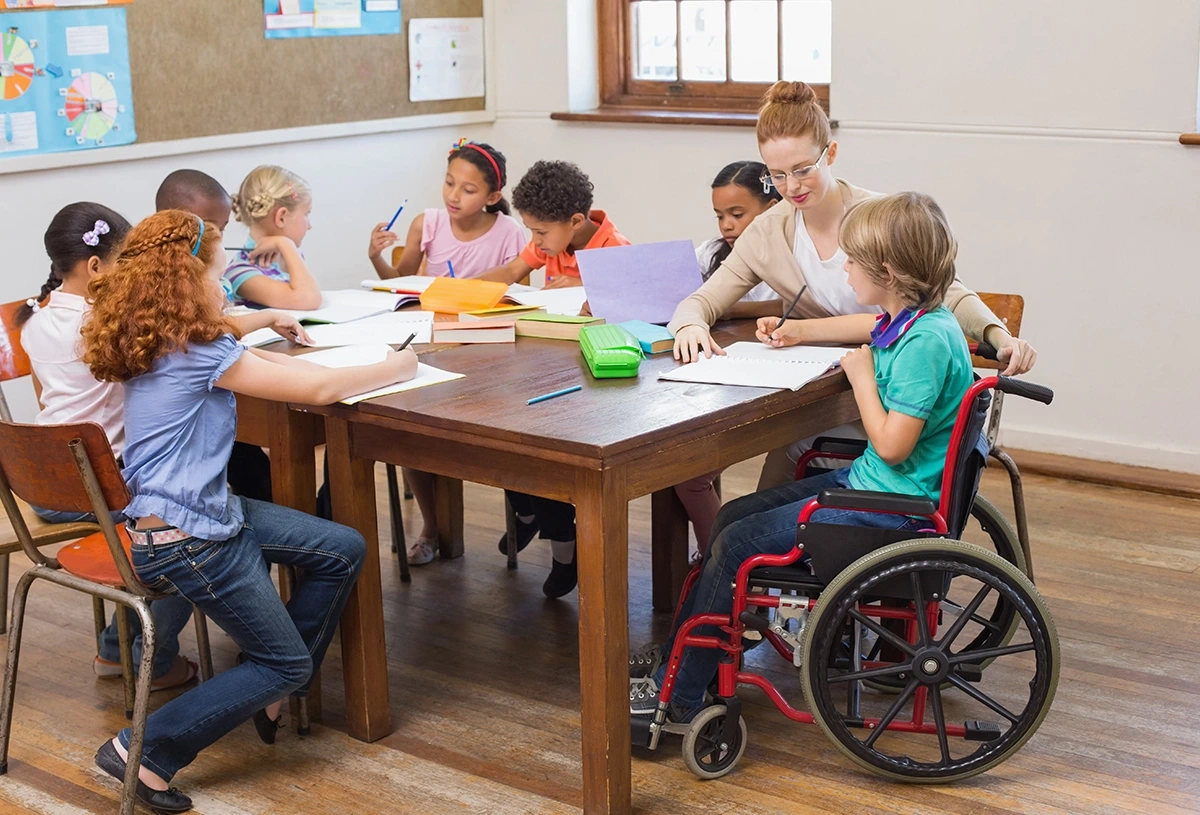Education is a fundamental human right, and it should be accessible to everyone, regardless of their abilities or disabilities. In this blog post, we’ll explore the importance of inclusive education for individuals living with disabilities and the positive impact it has on their lives and society as a whole.
Understanding Inclusive Education
Inclusive education is a philosophy that encourages all students, including those with disabilities, to learn side by side in the same classroom. It embraces the diversity of learners and seeks to create environments where every student can thrive academically, socially, and emotionally.
The Benefits of Inclusive Education for Individuals with Disabilities
- Enhanced Academic Achievement: Inclusive education provides individuals with disabilities access to a challenging and enriching curriculum. They benefit from exposure to diverse teaching methods and peer interaction, which can lead to improved academic outcomes.
- Social Development: Inclusive classrooms offer opportunities for individuals with disabilities to develop valuable social skills and friendships with their peers without disabilities. This fosters a sense of belonging and acceptance.
- Emotional Well-Being: Being part of an inclusive educational environment boosts self-esteem and self-confidence among individuals with disabilities. It sends a powerful message that they are valued and respected members of society.
- Preparation for Life: Inclusive education prepares individuals with disabilities for the real world. It helps them develop essential life skills and adapt to diverse situations, paving the way for greater independence.
The Role of Educators
Educators play a crucial role in making inclusive education a reality. Here are some strategies they can implement:
- Differentiated Instruction: Tailoring teaching methods to accommodate diverse learning needs ensures that all students can access the curriculum.
- Positive Behavior Support: Promoting positive behavior and providing necessary supports can help individuals with disabilities thrive in the classroom.
- Collaboration: Collaboration between educators, specialists, and families is essential to create a supportive and inclusive learning environment.
- Adaptive Materials: Providing adaptive materials and assistive technologies can bridge gaps in learning.
Promoting Inclusivity in Society
Inclusive education extends beyond the classroom; it influences society at large. When we prioritize inclusivity in education, we are fostering a more equitable and empathetic society. This leads to increased awareness, reduced stigma, and greater opportunities for individuals with disabilities in employment and community engagement.
Conclusion
Inclusive education is a powerful tool for empowering individuals with disabilities. It promotes academic achievement, social development, emotional well-being, and prepares them for a fulfilling life. As we work toward more inclusive educational systems, we create a ripple effect that leads to a more compassionate and equitable society, where everyone has the opportunity to reach their full potential, regardless of their abilities. Inclusive education is not just a philosophy; it’s a transformative force that benefits us all.

